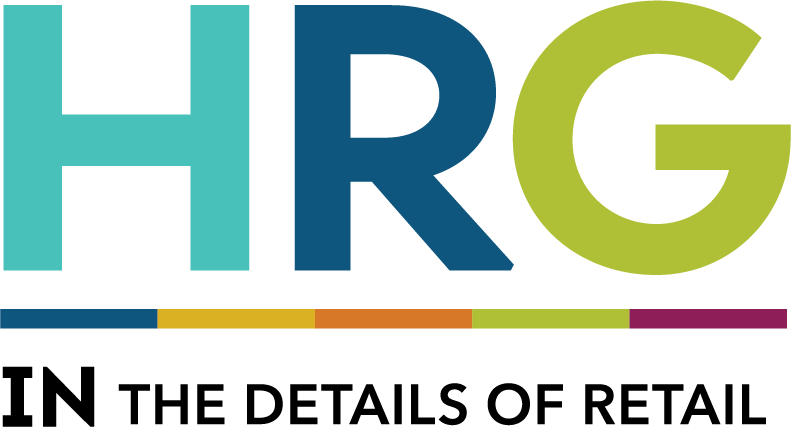by Dave Wendland, vice president strategic relations
Over the past 15+ months, new applications of analytics across the retail supply chain have been broadly implemented. From merchandising planning to retail pricing elasticity, demand recommendations to shopper personalization, analytics has taken a higher priority within many organizations.
The worldwide health crisis put more emphasis on the need to uncover actionable insights quickly to direct real-time operational pivots. As a result, the investment in big data and analytics that had been increasing exponentially over the past decade, accelerated to hyper speed.
Analytics gained in popularity
Retailers and consumer brands alike turned to real-time data to guide decision-making and corporate strategy. Whether relying on machine learning or artificial intelligence (AI) (which are closely-related relatives), investments grew significantly in an effort to future-proof companies. Analytics are still very much en vogue as organizations adjust to gain a competitive edge. Despite apprehension among some or thoughts that AI is far too futuristic, it is interesting to note that AI has been around for more than 50 years — the term Artificial Intelligence was first coined by American computer scientist John McCarthy at the Dartmouth Conference in 1956.
The Teflon® coating for survival
Market leaders were the first to adopt predictive and data science-oriented technologies – but others have quickly followed. The ability to analyze trends, purchase history, past behavior, and mining other critical data points have become critical factors to effective decision-making. Equipped with these insights, future customer behavior can be more accurately predicted, and adjustments made to overall marketing efforts, loyalty program elements, service offerings, promotional efforts, and overall budget planning.
become critical factors to effective decision-making. Equipped with these insights, future customer behavior can be more accurately predicted, and adjustments made to overall marketing efforts, loyalty program elements, service offerings, promotional efforts, and overall budget planning.
Intuition and experience cannot be replaced
Despite mountains of data, fancy dashboards, and streams of real-time data coming in from new sources, people still need to make decisions, delicately balancing data and intuition. Relying solely on AI could lead to some interesting and potentially bizarre outcomes. This may especially be true as the data from the past 18 months begins to normalize following unusual consumer behavior (stockpiling, substitutions due to inventory out-of-stocks, and closed brick-and-mortar retail). Decision-makers will need to control the huge bubble of change as flattens out to our new normal.
Leading brands — both retailer and CPG — have placed significant bets on the future of data-empowered decision-making and are striving to convert their analytic commitment into operational success.
To understand the retailer’s considerations for using data, see Dave’s April 27, 2021 article in Chain Drug Review: https://www.chaindrugreview.com/proactive-decision-making-needs-data-and-analytics/
